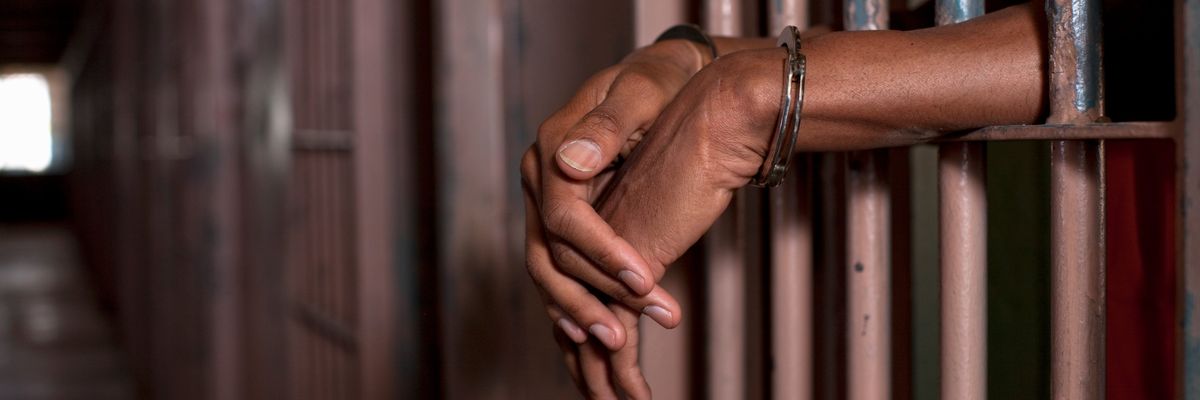In February, California faced a “monster storm.” This storm was the second atmospheric river storm to hit the state within a week, leaving nine confirmed dead in its wake. While this storm was record breaking, California saw similar weather patterns and severe flooding last year, and we can only expect these occurrences to continue and increase in intensity as climate change fuels a rise in extreme weather events.
In 2023, a series of storms created Tulare Lake in a previously dry basin near Corcoran, California. Protected only by a levee in need of repairs, the highest concentration of incarcerated people in the state were left at risk of flooding. Last spring, flooding caused by storms affected visitors’ access to the Substance Abuse Treatment Facility and State Prison at Corcoran and forced the California Department of Corrections and Rehabilitation to stop accepting transfers.
Despite no news yet on the effects of California’s most recent storm on people in carceral facilities, it is only a matter of time before these stories come to light. California’s disaster response plans fail to account for its incarcerated population. Over and over again across the country, weather-related disasters have threatened the lives and well-being of people behind bars. Still, this problem remains unmitigated—state and federal government entities are not equipped or prepared to protect the 1.9 million people in our nation’s jails, prisons, and detention facilities during these disasters.
As medical professionals, we implore lawmakers and prison administrators to take proactive measures to prevent the health risks of freezing winters and scorching summers from becoming recurring nightmares in the years ahead.
These extreme weather incidents extend beyond just flooding in California. During the 2023 summer of record-breaking heat, states and the federal government put hundreds of thousands of lives at risk by confining people to carceral facilities that lack universal air conditioning and air filtration equipment—we saw extreme heatwaves and raging wildfires in Canada cause widespread panic and lethal ramifications for people behind bars, including reports of at least 41 heat-related deaths in the Texas summer alone. Over 30% of California’s wildland firefighting crews are made up of incarcerated people, putting them directly in harm’s way. Increasing frigid winter temperatures have also caused suffering and death in facilities ill-equipped with adequate heating systems. During the brutal winter storm Uri of 2021, people incarcerated in Texas prisons faced freezing temperatures and power blackouts, described by one person as “being in a meat locker.”
Correctional facilities are often situated in geographically vulnerable areas, susceptible to a gamut of natural disasters, from floods and hurricanes to blizzards and wildfires. And incarcerated people, devoid of the agency to evacuate, are left unprotected. The impacts of the catastrophic Hurricane Katrina in 2005 serve as a stark reminder of these consequences. Major flooding left prisons under water and without food and water for days due to a lack of coordination to plan and evacuate facilities, highlighting the critical need for including prisons in emergency preparedness planning. Yet almost two decades later, states still rarely incorporate jails and prisons into their emergency disaster response plans, rendering incarcerated individuals an afterthought even under emergency evacuation orders. They are often left stranded in dire circumstances, used as free labor, and denied access to critical medical treatment for weeks, if not months, during these emergency events.
As medical professionals, we implore lawmakers and prison administrators to take proactive measures to prevent the health risks of freezing winters and scorching summers from becoming recurring nightmares in the years ahead. We call upon them to develop comprehensive strategies for the threat of extreme weather, such as creating evacuation plans and implementing temperature reporting and standards for indoor temperatures—planning ahead for the weather extremes that will certainly occur can save lives.
With predictions of increasingly frequent and severe temperatures and natural disasters on the horizon, safeguarding one of society’s most vulnerable and rapidly-aging populations must be a paramount concern.

